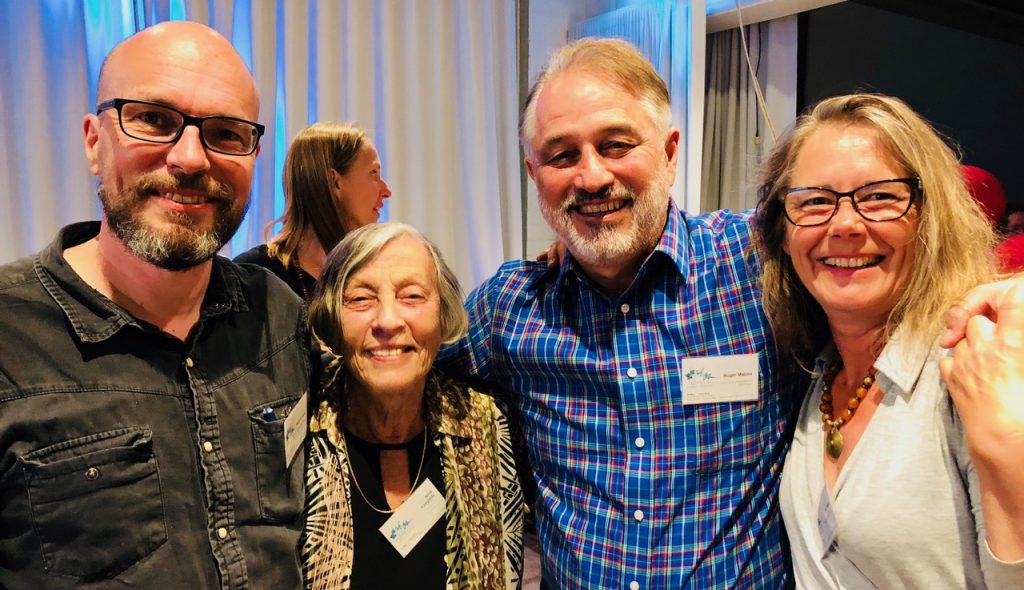A video conference presentation at the 1st “Virtual Reality as a Transformative Technology to Develop Empathy” Conference, organised by the “empathic Reactive MediaLab Coalition” (eRMLab Coalition) and EmpaticaXR research group.
Lynda Joy Gerry: Envisioning Future Technology for Compassion Cultivation
Experiments in cognitive neuroscience have recently dissociated neural pathways underpinning the experience of empathy from that of compassion. Namely, whereas the experience of empathy involves neural activations regarding an affective pain resonance with the distress or suffering of the target, compassion is correlated to reward centers and positive affect regions of the brain. The import of this finding is that empathy may in some instances lead to a withdrawal reflex if there is excessive sharing of distress with the target, whereas compassion appears to involve a care for the welfare of another and an approach motivation. Within the last five years, virtual environments (VEs) have been increasingly researched and developed towards the goal of enhancing users’ social intelligence, self-compassion, positive attitudes towards out-groups, and empathy. However, most of these VEs do not help the user to become more aware of his or her own emotional and psychological states in response to another person or persons, arguably a crucial step in the recovery from empathic distress or over-arousal. Biofeedback training has also been used for improving social cognition skills, but only a few projects have incorporated biofeedback into empathy-enhancing virtual environments. Recovery from empathic distress as a skill trained through biofeedback VEs could enhance interpersonal connectedness, quality of life, and social cohesion.



